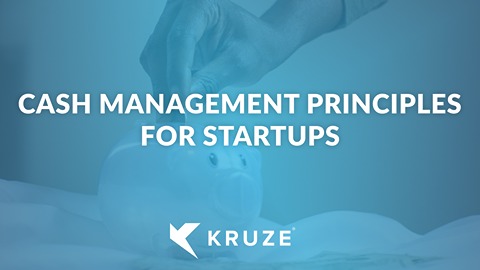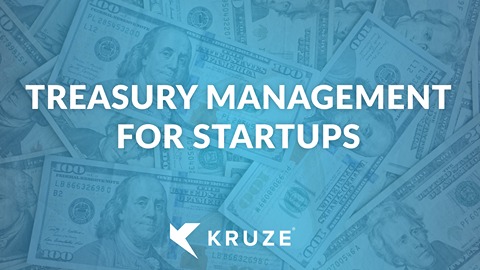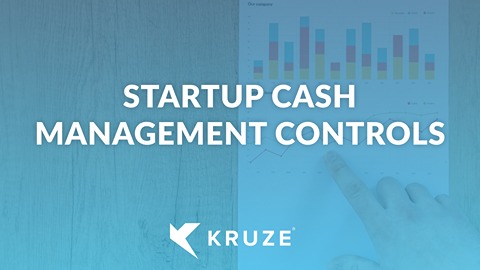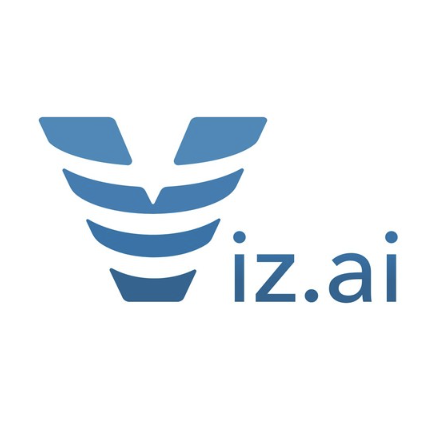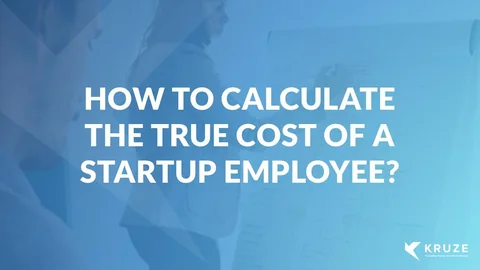
Hiring your first employee is a major milestone for any startup. It’s proof that your business is growing and ready to scale. But figuring out how much a new team member will truly cost goes far beyond salary. Founders need to understand the full picture to avoid budget surprises, ensure smart cash planning, and forecast burn rate accurately. Here’s what to include when calculating the real cost of adding someone to your startup team.
1. Salary, Bonuses, and Commissions
This is the starting point for any calculation – base salary, plus potential bonuses and commissions. Make sure to forecast not just annual salary, but any performance payouts or sales commissions that could increase total compensation. Check out our Startup Compensation Guide for more information on startup salaries.
2. Employment Taxes
Employment taxes can add significantly to your payroll expense. These include Social Security and Medicare taxes (FICA), federal and state unemployment insurance, and workers’ compensation. Founders are often surprised by how quickly these taxes add up on top of gross pay.
3. Employee Benefits
Benefits usually run about 20% of salary and include health, dental, and vision insurance, retirement plans, paid time off, and other packages. In competitive markets or for specialized talent, enhanced benefits may be needed and can increase your per-employee cost even further.
4. Perks
Lunch stipends, fitness reimbursements, cell phone plans, learning allowances, and more can become a meaningful line item in your budget. While perks help attract and retain talent, founders need to budget these extras up front.
5. Onboarding Costs
Don’t forget the expenses that come with getting a new employee up and running: computers, software licenses, desks, company swag, and other setup costs. These are often one-time, but can be substantial for remote or technical hires.
6. Ground Transportation
If your company reimburses for travel – including rideshare services like Uber or Lyft – be sure to include these frequent, sometimes overlooked costs in your planning.
7. Web Services and Software Licenses
Many roles require multiple paid software subscriptions, especially engineers or sales staff using tools like Salesforce, GitHub, or marketing platforms. These costs can scale fast and add several thousand dollars per year, per employee.
8. Allocated Rent and Workspace Costs
If you pay for a physical workspace by employee (as in shared office spaces or WeWork), be sure to add the cost of rent and facility fees for each new hire.
Build a Complete Picture Before Hiring
Adding up all these direct and hidden costs gives founders a much clearer understanding of the true impact of each employee on the budget. This approach enables more precise cash planning, smarter runway calculations, and a realistic total compensation plan, which are all essential for growth and investor confidence.
Kruze Consulting offers step-by-step advice on budgeting for new hires, burn rate planning, and building scalable financial systems for venture-backed startups. Reach out for help forecasting costs and keeping your business on track as your team expands.

